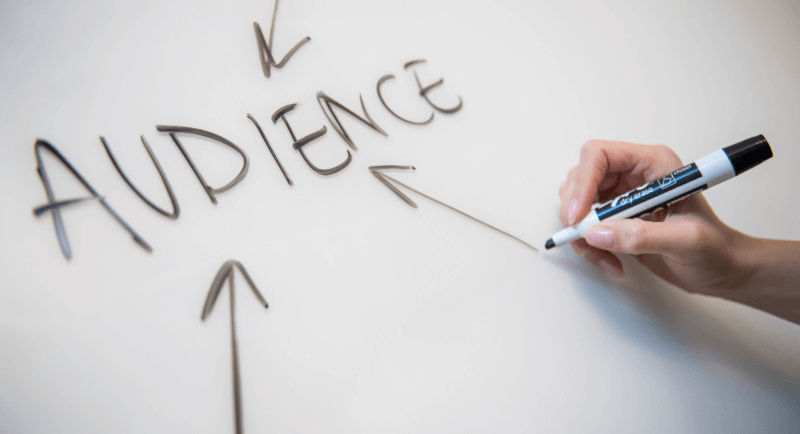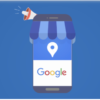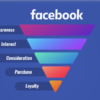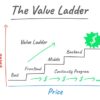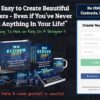Free
Unlock Engagement and Loyalty with Personalized Content
Ready to take your audience’s experience to the next level? Discover the power of personalized content with these inspiring examples.
In today’s interconnected world, customer expectations are skyrocketing. To capture their attention, you need to provide a personalized touch. That’s where personalized content comes in.
Personalization was the word of the year in 2019, and it’s become a game-changer in marketing. But what does it really mean?
At its core, personalized content uses information provided by your audience to deliver a unique brand experience. It’s about utilizing what you already know to address your users’ individual needs, questions, and pain points.
But wait, what’s the difference between personalization and customization? While customization allows the audience to make changes, personalization is done by you, the business, before it reaches the individual.
So, how does personalized content work in action?
Let’s explore some examples of personalized content that get it right and capture audience engagement.
– Grammarly Weekly Reports:
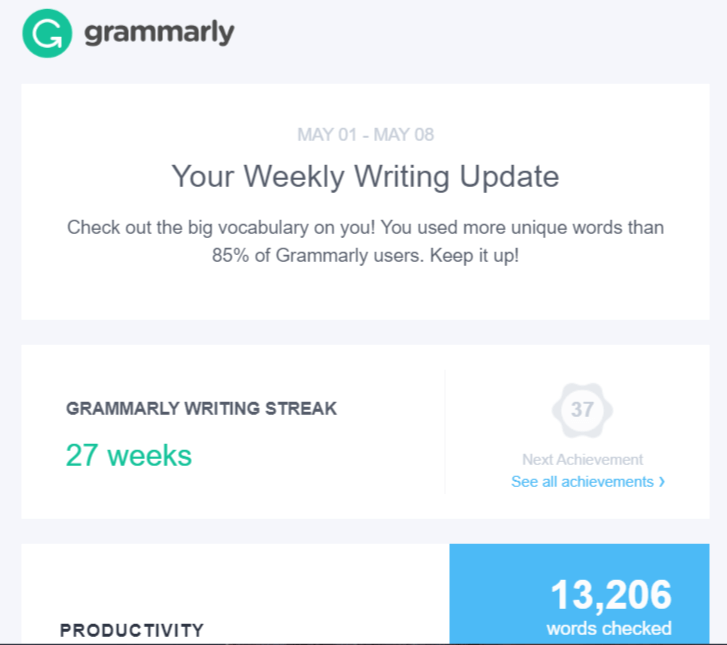
Even a writing-focused business like Grammarly understands the power of personalization. Through engaging email newsletters, Grammarly gamifies the editing experience by providing users with data points from their accounts. These personalized reports include badges based on usage, common edits, and overall grammatical accuracy.
– Amazon Prime’s Whole Foods App:
Amazon Prime members are treated to personalized recommendations for groceries through the Whole Foods app. By tracking their purchasing habits, the app suggests items familiar to the user, enhancing their shopping experience.
– Starbucks App:
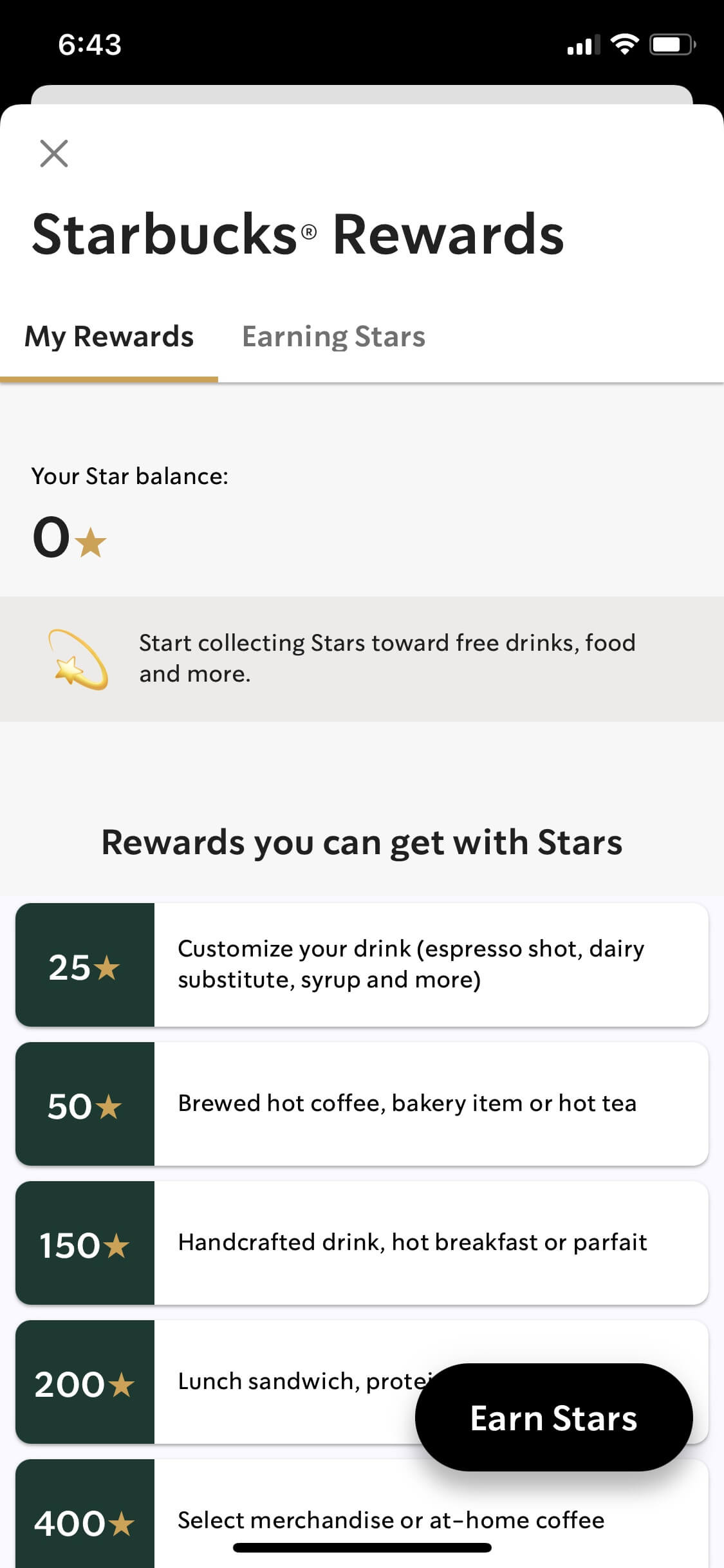
The Starbucks app goes the extra mile in personalization. It not only offers regular discounts and promotions tailored to your preferences but also considers your demographic and geographic data. This ensures that their product recommendations fit in with your personal tastes and the stores near you.
– Function of Beauty’s Product Quiz:
Function of Beauty’s hair care brand thrives on personalization. Their website invites users to complete a hair profile quiz to create a personalized product with the right ingredients. Users can even customize the color and name of their shampoo and conditioner.
– Coca-Cola’s Share a Coke Campaign:
Coca-Cola revolutionized product personalization with their Share a Coke campaign. By printing popular names on their bottles, they tapped into the emotional desire for a personal connection, driving widespread customer engagement.
Remember, overwhelming your audience with too many choices can lead to choice overload. Instead, segment your audience and create content plans that cater to their specific interests. Customizing content or marketing campaigns is all about understanding and connecting with your unique audience.
Revamp Your Consumer Marketing Strategy with These 5 Types of Personalization
Looking to create a personalized experience for your audience? Check out these five types of personalizations that can help you tailor your approach and build engagement and trust.
1. Recommendation Suggestions:
Go beyond using just a first name in your emails. Leverage consumer data to suggest relevant products or services that meet their specific needs. Borrowell does this by offering personalized recommendations based on user profile data, ensuring their brand stays top-of-mind when readers are in the market for new products or services.
2. Interactive Quizzes:
Spark curiosity and excitement by offering interactive quizzes that allow potential customers to learn more about themselves and compare their results with others. Take inspiration from Buzzfeed’s endless array of quizzes that entertain and engage. Like Mind Tools’ Leadership Style quiz, which not only provides self-discovery but also offers follow-up suggestions to keep users engaged.
3. Retargeted Ads:
Win back audiences who may have drifted away by using retargeted ads. Whether they’ve left items in their shopping cart or just visited a high-intent page on your site, entice them back with personalized ads that rescue the sale. Muse, for example, sends “We Miss You!” emails to potential customers who haven’t opened their emails in a while, giving them an opportunity to reconnect and make a decision.
4. Unique Landing Pages:
Customize your landing pages based on audience personas and guide them through the marketing funnel towards the ultimate conversion goal. Personalize the call to action (CTA) to fit their specific needs, as Hubspot’s research shows this can increase conversion rates by over 200%. Peak Freelance’s unique landing page, accessed only through an affiliate email link, is a prime example with its concise content and highlighted CTA.
5. Personalized Discounts:
Surprise and delight your audience by offering personalized discounts. According to statistics, the majority of consumers expect to receive a personalized discount within 24 hours of sharing their information. Set up automated emails to deliver discounts once they’ve shared their email with you. Consider tailoring the discount to the context in which the information was shared, such as offering related program discounts for those signing up for a free e-book or suggesting products related to a blog post in the email. Old Navy, for instance, offers an instant 30% off to those who sign up for their email list, creating a sense of urgency with a time limit.
Ready to take your consumer marketing strategy to the next level? Sign up for Jasper today and discover how easy it is to create personalized content for your email campaigns, saving you time and boosting engagement.


